Fruit and vegetables don’t have to be boring and bland. Present them in different ways and provide a variety (think rainbow), so that your child can discover not only the health benefits of including them in their diet, but the fun that can be had in preparing and presenting them with your child. Get them involved from start to finish, from the trolley to the table. With a little bit of planning and prep work, packing a healthy lunchbox can be both doable and fun.
Encourage children to eat fruit and vegetables as snacks at home as well as at school. Snacks can be healthy and do not have to be ‘junk food’.
Pre-packed fruit bowls
Pre-packed fruit bowls (unsweetened) are not nutritionally inferior as they are packed in their own juices which retain most nutrients and fibre. Children may like these as they are easy to peel, colourful and the fruit is bite sized. You may also try to make your own homemade fruit bowl in a small plastic sealable container with the child’s favourite fruits as a treat.
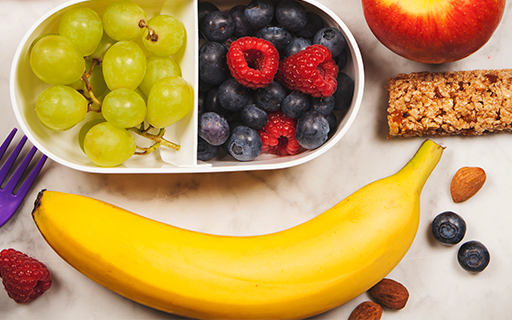
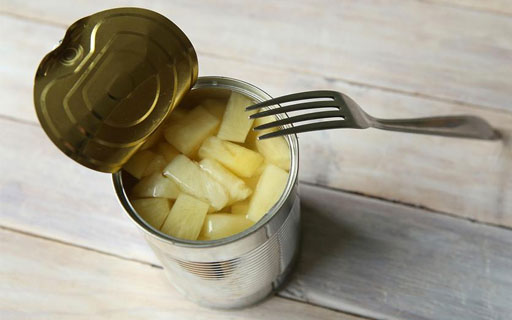
Canned fruits
Additionally fruits from a can (unsweetened) are good to use if the fruits for example are out of season such as pineapples, peaches, pears, apricot, mango and berries, fruits from a can may be just as nutritious as their fresh counterparts. They may be eaten individually or mixed into a fruit salad. Keep the can in cool storage until ready to use, drain the canned fruit well so that the juice wont leak over other food and place in a small sealable container with a spoon.
Sandwiches
Sandwiches don’t have to be boring! They should always have vegetables included such as grated carrot, cucumber, tomato, lettuce, finely chopped red, yellow and green peppers, onions. Choose interesting breads for sandwiches and rolls e.g. pita bread, whole meal bread, bagels, whole grain crackers and rice cakes.
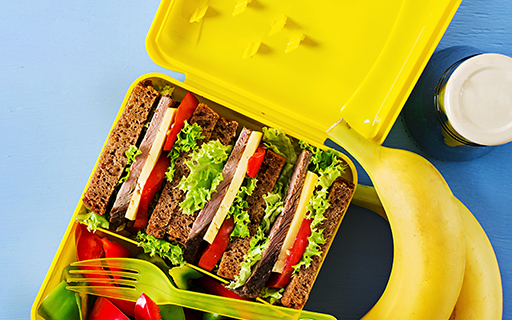
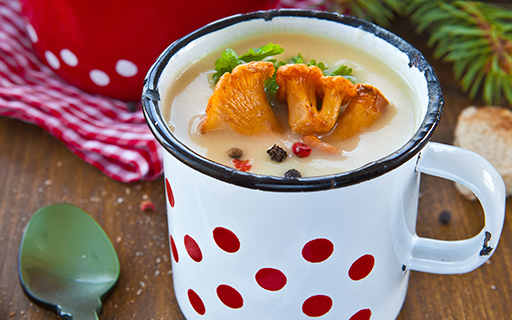
Homemade Soups
For the winter months homemade soups could be a great idea in a flask for those cold wet days! Soups packed with vegetables are a healthy option to boost the immune system while also proving a source of heat.
New fruit or vegetable
Introduce a new fruit or vegetable each week, one at a time and in small measurable amounts and don’t forget that if they don’t like it the first time, keep presenting it to them as it takes an average of four tastings of a new food in order for a child to develop a liking for it.

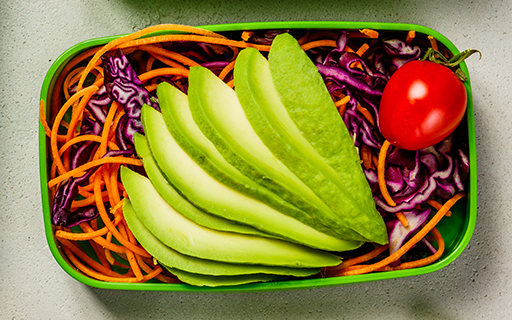
Salads
Salads are a good way to provide a variety of vegetables, ask your child for his/her favourites and then add something new for variety. Try vegetables for example carrots, celery, cherry tomatoes, cucumber, lettuce and button mushrooms. Pack salads in a separate container and keep them cold until ready to go to school in order to keep vegetables crisp and tasty at lunchtime.
Fruit smoothies
Fruit smoothies are a good way to provide a variety of fruit for example mix strawberries, mango, small banana and an orange that’s squeezed. Simply put into a blender and mix together to the required solution.
Fresh fruit as well as frozen fruit may be used depending on seasonality.
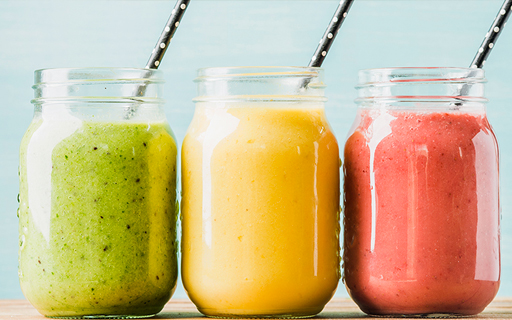
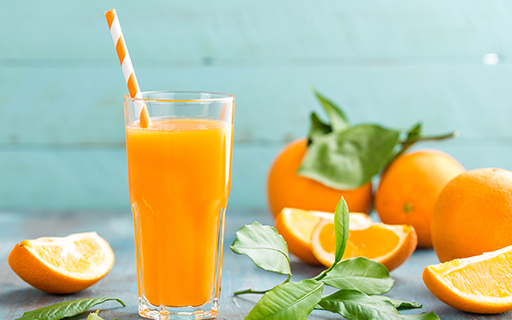
Fruit juice
Fruit juice 'drinks': pure fruit juice contains 100 per cent fruit juice as you would expect. However a 'fruit juice drink' can contain as little as 6 per cent juice. Many so-called 'juice drinks' are really only juice-flavoured sugary water and contain more water and sugar than actual fruit juice. They many also include artificial flavourings, sweeteners and colourings. Therefore if you are going to give your child a fruit juice drink, ensure that it contains 100% fruit juice. This may be counted as a portion of fruit.

